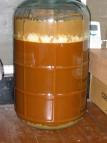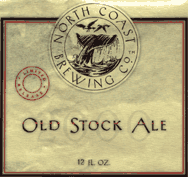
So what does it take?
It really isn't that hard. It is basically cooking and cleaning. (if you don’t know how to do that, this is a great time to learn ;-) Have you ever taken 3 or 4 hours for any project? Yes? Have you done this two times in two weeks? Then you can brew beer. The most important aspects of brewing basic home brew are:
Friends :-)
One of my Dad’s friends showed us the process for the first time. Ever since then I have tried to have a few people around when I brew. It gives you something to do when you are waiting. Hey, they might even help…heheh.
Patience
Clean everything, wait for water to boil, wait for the end of the boil, wait for it to cool down, rack it into the fermenter, wait for it to ferment, bottle it, wait for it to carbonate and then….after you cool it you get to try it!
Sanitization
This is actually easier that it used to be. There’s a sanitizer called “one step” that makes it easy. Basically you just soak your stuff in it or wipe it down well with it and you’re done. The hard part is remembering to clean everything you touch.
Timing
After cleaning everything and the water is heated you start timing things. Each of the following happens at a specific time; steeping crushed grain, add the malt extract, add the bittering hops, add the finishing hops, cool the wort and pitch the yeast.
Ran out of time today. Tomorrow I'll post another beginners entry about the equiptment you need.



















